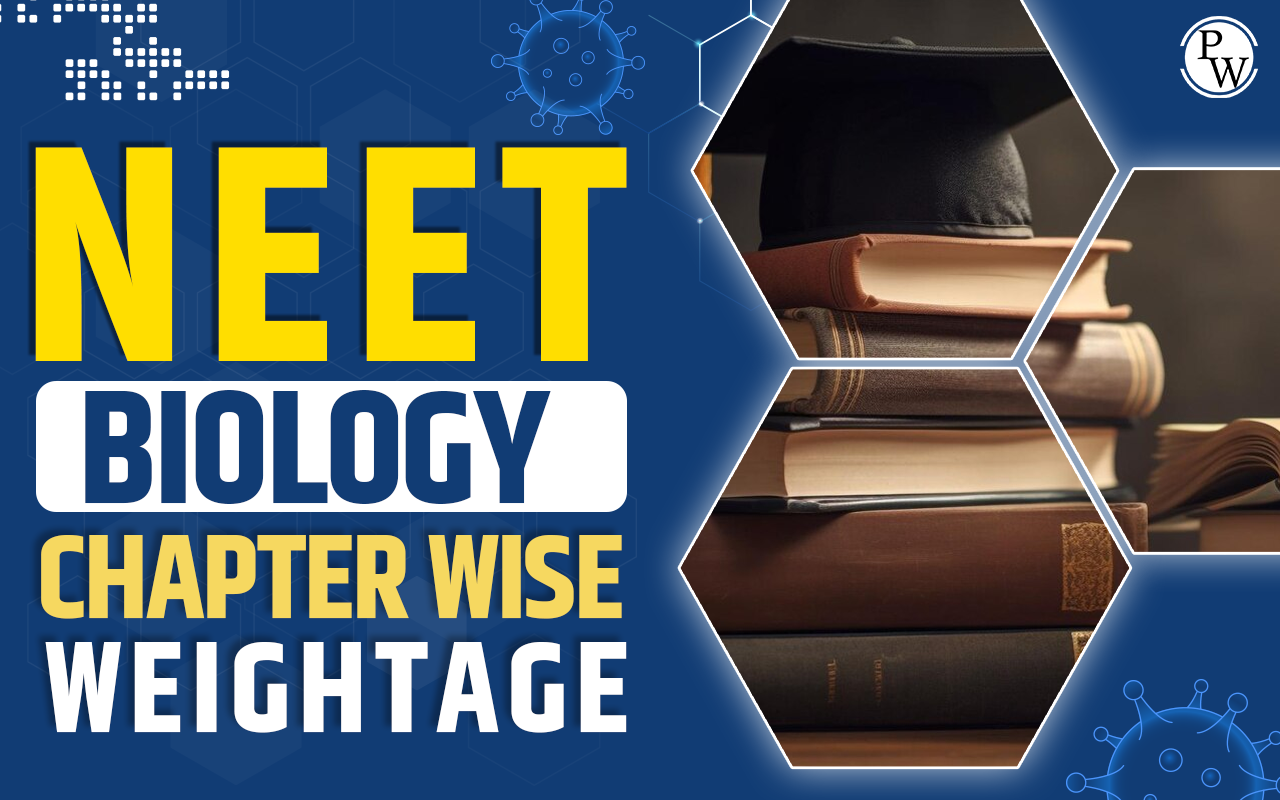
An autotroph is an organism capable of producing its own food using simple substances like carbon dioxide (CO2) and converting abiotic energy into complex organic compounds, such as proteins and carbohydrates. This process is essential for sustaining life, as autotrophs serve as the primary producers in ecosystems, providing energy for all other organisms that cannot produce their own food. Autotrophic organisms are crucial for maintaining ecological balance, and their understanding is important for the NEET Exam.
Definition of Autotrophs
An autotroph is an organism capable of creating its own food from light, water, carbon dioxide, or other chemicals. Since autotrophs generate their own nourishment, they are often referred to as producers. While plants are the most recognized type of autotroph, various other autotrophic organisms exist. Algae , found in aquatic environments and including larger forms known as seaweed, are autotrophic as well. Additionally, phytoplankton, tiny organisms inhabiting the ocean, are also autotrophs. Certain types of bacteria can also function as autotrophs.Types of Autotrophic Bacteria
Autotrophs are classified into two main types based on the sources they use to produce food:- Photoautotrophs : These bacteria , also known as photosynthetic bacteria, obtain their energy from sunlight.
- Chemoautotrophs: Also referred to as chemosynthetic bacteria, these organisms harness chemical energy to create their food
Photoautotrophs
Photoautotrophic bacteria are unique organisms that use light energy to create their own food through a process known as photosynthesis. Similar to plants, these bacteria convert light energy into chemical energy, allowing them to grow and thrive. They can perform photosynthesis in both the presence and absence of oxygen.- Aerobic Photosynthetic Bacteria: These bacteria require oxygen for photosynthesis. An example is cyanobacteria, also known as blue-green algae, which utilize water molecules in a process called oxygenic photosynthesis. During this process, they release oxygen as a byproduct. While they contain photosynthetic pigments like chlorophyll-a, they lack chloroplasts. The photosynthesis reaction can be summarized as follows:
6CO2+12H2O+light→C6H12O6+6O2+6H2O
- Examples of aerobic bacteria include Nostoc and Anabaena . These bacteria can form colonies and are capable of nitrogen fixation.
- Anaerobic Photosynthetic Bacteria : Unlike aerobic bacteria, anaerobic photosynthetic bacteria do not require oxygen and instead use hydrogen sulfide or thiosulfate as reducing agents. They contain a different pigment called bacteriochlorophyll instead of chlorophyll. Examples include:
- Purple Sulfur Bacteria : Found in hot springs and stagnant water, these bacteria thrive in low-oxygen environments and utilize hydrogen sulfide for photosynthesis. They possess bacteriochlorophyll ‘a’ and ‘b’ within their plasma membrane.
- Purple Non-Sulfur Bacteria : These bacteria utilize hydrogen as a reducing agent instead of hydrogen sulfide. They play a crucial role in producing beneficial substances like vitamins and growth-promoting compounds, enhancing plant yields and resilience against environmental stress.
- Green Sulfur Bacteria : These bacteria live in deep oceans and low-light conditions. They use hydrogen sulfide, hydrogen, or ferrous ions for photosynthesis, and contain multiple forms of bacteriochlorophyll.
Chemoautotrophs
Chemoautotrophic bacteria obtain their energy from chemical reactions rather than sunlight. This unique ability allows them to survive in extreme environments where other organisms might not thrive. These bacteria utilize chemosynthesis to produce energy, relying on the oxidation of inorganic compounds such as hydrogen sulfide, hydrogen, and ammonia. They lack photosynthetic pigments and store energy in the form of ATP for the synthesis of organic compounds.- Sulfur Bacteria : These bacteria oxidize hydrogen sulfide or thiosulfates to produce sulfur or sulfate. They play an important role in the sulfur cycle. Examples include Beggiatoa , Thiothrix , and Thiobacillus . An example of the reaction is:
2H2S+O2→2H2O+2S+energy
- Nitrogenous Bacteria : These bacteria convert ammonia into nitrite and then nitrate, releasing energy in the process. This converted nitrate is utilized by plants. Examples include Nitrosomonas and Nitrobacter . An example reaction is:
NH3+O2→NO2+H2O+energy
- Hydrogen Bacteria : These bacteria use hydrogen as their energy source. Aerobic hydrogen-oxidizing bacteria use oxygen as an electron acceptor, while anaerobic types may use nitrogen dioxide or sulfate. The reaction is:
2H2+O2→2H2O+energy
- Methanotrophs : These bacteria use methane as their primary carbon source. They can be either aerobic or anaerobic. Aerobic methanotrophs oxidize methane to produce formaldehyde, which is then used in various pathways to create organic molecules.
- Examples include Methylomonas and Methylococcus capsulatus .
- Iron Bacteria : These bacteria oxidize ferrous ions to ferric ions, allowing them to thrive in iron-rich environments. The energy production reaction is:
4FeCO3+O2+6H2O→4Fe(OH)3+4CO2+energy
Difference Between Autotrophs and Heterotrophs
The main differences between autotrophs and heterotrophs are as follows:| Aspect | Autotrophs | Heterotrophs |
| Energy Source | Generate their own food through photosynthesis or chemosynthesis. | Acquire energy by consuming other organisms or organic matter. |
| Nutrient Acquisition | Obtain nutrients from inorganic sources like water and minerals. | Derive nutrients from organic sources, such as living organisms. |
| Role in Ecosystem | Essential for producing food and oxygen in the ecosystem. | Crucial for consuming and decomposing organic matter. |
MCQs of Autotrophs
Q1. Autotrophs are also known as;
- consumers
- heterotrophs
- producers
- decomposers
Q2. Which of the following is incorrect about Cyanobacteria?
- They lack heterocyst.
- They often form blooms in polluted water bodies.
- They have chlorophyll ‘a’ similar to green plants.
- They are photoautotrophs.
Q3. What is the primary mode of energy production for autotrophs?
- Cellular respiration
- Fermentation
- Photosynthesis
- Oxidative phosphorylation
Answers of MCQs of Autotrophs
Ans1 . Producers,| NEET Exam Important Links | |
|---|---|
| NEET Biology Syllabus | NEET Biology Diagrams |
| NEET Biology MCQ | NEET Biology Chapter wise Weightage |
| NEET Biology Notes | NEET Previous Year Question papers |
Autotrophs FAQs
Q. What are called autotrophs?
Q. What an autotrophs and heterotrophs?
Q. What is an example of an autotroph?
Q. What is the meaning of autotrophic?
Q. Are all algae autotrophic?










